The bottom line
When looking for the ideal helmet for your child, you’ll want to consider a variety of both safety and comfort factors. After all, if a helmet is uncomfortable, your kid won’t want to wear it. The table below lists some of the most important features of our top helmet picks and shows how each helmet stacks up against the competition.
Best bike helmets for kids
| List Price |
| Head Circumference |
| Adjustability |
| Buckle Type |
| Construction |
| Certification |
| Visor Type |
| Number of Vents |
|
Best for babies and toddlers
|
Best for budget
|
Best safety pick
|
Best multi-sport helmet
|
Style pick
|
| Giro Scamp | Razor V-17 Youth Multi-Sport | Bell Sidetrack | Retrospec CM-1 | Krash Black Gator |
 |
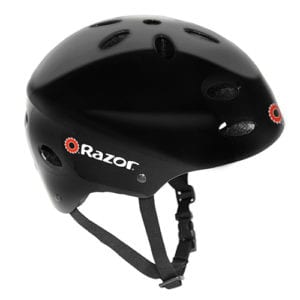 |
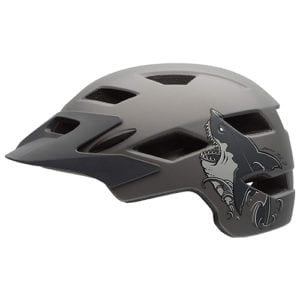 |
 |
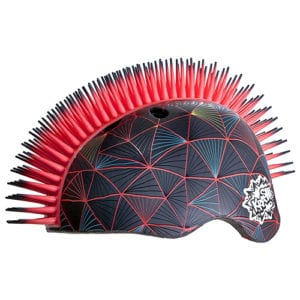 |
| $39.95 | $17.23 | $61.54 | $24.99 | $24.99 |
| 49-53 cm | 53-57 cm | 47-57 cm | 51-63 cm | 54-58 cm |
| Pads and dial | Pads | Pads and dial | Pads | Pads |
| Non-pinch | Standard | Non-pinch | Standard | Standard |
| In-mold | Hardshell | In-mold | Hardshell | Hardshell |
| CPSC 5+ | CPSC | CPSC 5+ | CPSC | CSPC and ASTM |
| Integrated | None | Detachable | None | None |
| 8 | 17 | 15 | 8 | 6 |
| View on Amazon | View on Amazon | View on Amazon | View on Amazon | View on Amazon |
Amazon.com prices as of 08/14/20 10:37 pm MST. See full disclaimer.
Our approach
To research the best bike helmets for kids, we studied the products available on the market, checked out what others were saying about them, and looked for products that consistently received favorable reviews and high ratings. Learn more about our methodology.
Bike Helmets for Kids: Our Top 3 Picks
#1. Giro Scamp Helmet: Best for Babies and Toddlers
It can be tricky to find a helmet that fits smaller heads, but parents love that the Giro Scamp offers the latest safety technology and fun designs in a size that fits children from twelve months up to age five.
The Giro Scamp comes in a rainbow of bright fun colors that your kids will love to wear and make them easier to see on bike rides. It also comes with an anti-pinch buckle to keep little faces safe from accidents (ouch!). We also like the built-in visor that protects their eyes from the sun.
Pros
- Optional MIPS Technology (Multidirectional Impact Protection System)
- Flat Back with a low profile
- Room for a Ponytail
- Adjustable Size
- Pinch-Guard Buckle
Cons
- Not Enough Vents (only 8)
- Slippery Strap that can loosen during the ride.
#2. Razor V-17 Youth Multi-Sport Helmet: Best for Budget
With a cool shape that will make your kid feel like an X-Games pro, the Razor V-17 is stylish and comfortable, and it offers more protection than a typical bike helmet. With a whopping 17 vents in this helmet, your kids will keep a cool head during all their long bike rides, skateboarding lessons, and rollerskating in the park.
It’s also inexpensive and comes in a wide range of colors, but depending on your child’s head shape, it might not be the best fit. Pricing may also vary based on the color helmet you choose.
Pros
- Multi-Sport Functionality
- Whole Head Coverage
- Comfort and Style
- Affordable Price
- Excellent Impact Absorption
Cons
- Heavy
- Difficult to Fit (adjust with pads and chin strap)
- Lacking a Visor
#3. Bell Sidetrack Helmet: Best Safety Pick
The Bell Sidetrack has a trendy, mountain-bike style design, and safety experts give it top ratings for crash protection. It’s priced reasonably, and its extra comfort features put it near the top of our list for best kids’ bike helmets, but there’s a trick to getting it to fit properly.
The Bell Sidetrack is ergonomically designed to keep the helmet tough but lightweight and prevent head damage. And its quick-adjust fasteners make it easy to form to your child’s head (even as they grow).
Pros
- Visor
- MIPS option
- Covered MIPS Anchors
- Easy-to-adjust Tri-Glide Strap Sliders
- Extended Rear Coverage
- 1-Year Warranty
Cons
- Hard-to-Reach Dial
- Excess Strap
#4. Retrospec CM-1 Helmet: Best multi-sport helmet
The Retrospec helmet comes in three sizes (small, medium, and large) to fit kids 14 and up. Its hardshell design makes it a good fit for a variety of activities like riding bikes, skateboarding, or rollerblading. The Retrospec comes in a variety of stylish gender-neutral colors to suit your kiddo’s personality (we’re partial to the cool wood grain pattern).
Inside the helmet, you’ll find high-quality EPS foam to pad your child’s head and protect from injury. Plus, it comes with two interchangeable pads to customize the fit further.
Pros
- Variety of matte colors
- EPS foam lining
- Interchangeable pads
Cons
- Best for 14+
#5. Krash Black Gator: Style pick
When it comes to looking awesome, the Krash Black Gator multi-sport helmet takes the prize. Any kid will be eager to wear a helmet that’s sprouting a Mohawk.
But it’s not just about looks—the Krash is certified by the Consumer Product Safety Commission (CSPC) and the American Society for Testing and Materials (ASTM), and it has vents to keep your child feeling—and looking—very cool. Just be careful when storing it, as some parents say the silicone spikes can easily get bent out of shape.
Pros
- Appealing style for kids
- CSPC and ASTM certified
Cons
- Silicone spikes can be easily damaged
Final word
From family bike rides to riding off to school, your kids need a sturdy, comfortable helmet to keep them safe on bicycles. Kids aged 5 to 14 and teens from 15 to 19 years old have the highest rates of bicycle-related injuries.1 Small children, especially, can be hard for motorists to see and are vulnerable to accidents too. Even little spills can cause scrapes and scars on their face that a helmet can protect against.
We recommend leading by example. Wear your own helmet when you go with your kids on rides, skateboard, rollerblade, or any similar sport. Starting the helmet habit early will help them stay safe throughout their life.
FAQs
What is EPS?
EPS stands for Expanded Polystyrene. It’s the same kind of foam used to make disposable picnic coolers. A higher-quality EPS is often used to make bike helmets because it’s both rigid and lightweight.
What is MIPS?
MIPS stands for Multidirectional Impact Protection System. Swedish scientists developed MIPS technology for bike helmets to reduce stress on the skull from rotational impacts. It cradles the head in a second inner shell that attaches to the outer helmet shell with elastic bands to absorb impact and allow the head to rotate in a controlled way during a crash. The biomedical team who developed MIPS actually based its design on the way the brain is naturally protected inside the skull.
How can I tell if my child’s bike helmet fits correctly?
The helmet should be snug on their head and come just to the top of their ears. If your child’s eyebrows move when you shift the helmet on their head, that’s a good indicator that it’s snug enough. The strap should be tight against their chin when they open their mouth all the way but loose when their mouth is closed. The helmet should rest on the forehead about two adult finger widths above the eyebrows.
What’s the difference between traditional helmets and multi-use helmets?
A traditional bike helmet is lighter and has more vents than a multi-use (skater style) helmet, so kids often find them more comfortable. But multi-use helmets are usually dual-certified, so they can be used for biking, riding a scooter, skateboarding, and more. Plus, they often provide a better fit for kids with oddly shaped heads. Multi-use helmets can offer more protection for the back of the head as well.
What is the difference between in-mold and hardshell construction?
All helmets have an inner EPS (foam core) layer and an outer plastic shell. Bike helmets are usually made with in-mold construction, where the EPS is fused to a thin plastic shell, keeping the shell from cracking or separating from the helmet. With hardshell construction, the plastic shell is thicker, so it can’t be fused to the EPS. Instead, it’s glued to the foam core. ASTM standards require multi-use helmets to be more durable than bike helmets, which is why multi-use helmets are usually hardshell.
What’s the difference between CPSC and ASTM certification?
The CPSC (Consumer Product Safety Commission) is a US government organization that certifies US bike helmets for safety based on a specific set of cycling safety standards. The ASTM (American Society for Testing and Materials) is an independent, international nonprofit organization that tests and certifies multi-sport helmets for everything from horseback riding to snowboarding to mountain biking. For bike helmets, look for a helmet that’s at least CPSC certified.
Related Buyers Guides and Resources
Sources
- Centers for Disease Control, “Bicycle Safety,” June 2017. Accessed August 14, 2020.
Disclaimer
*Amazon.com list price as of 08/14/20 10:37 p.m MST. Product prices and availability are accurate as of this date/time indicated and are subject to change. Any prices and availability information displayed on Amazon at the time of purchase will apply to the purchase of this product. Safewise.com utilizes paid Amazon links.
Certain content that appears on this site comes from Amazon. This content is provided “as is” and is subject to change or removal at any time.
The post Best Bike Helmets for Kids appeared first on SafeWise.
Aricle source here: Best Bike Helmets for Kids
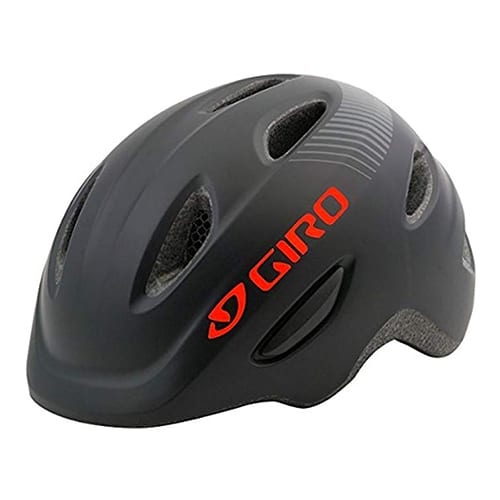
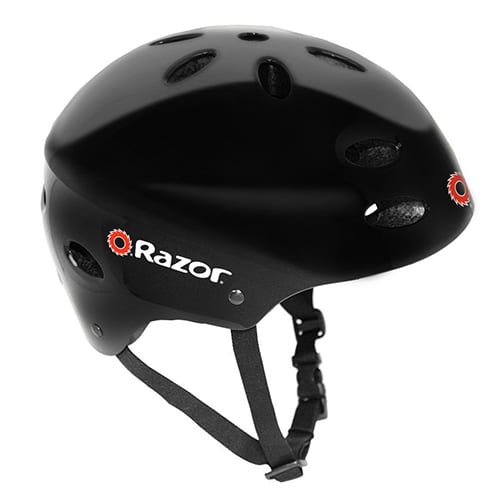
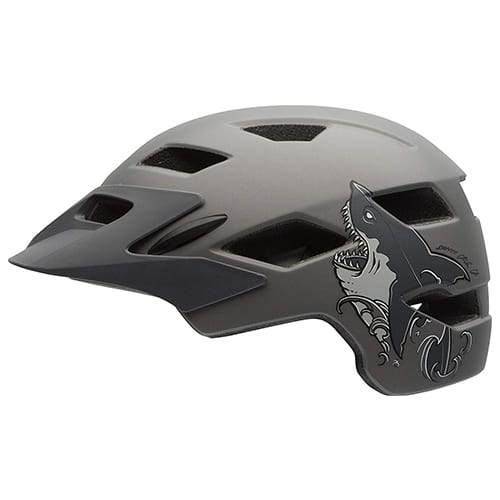

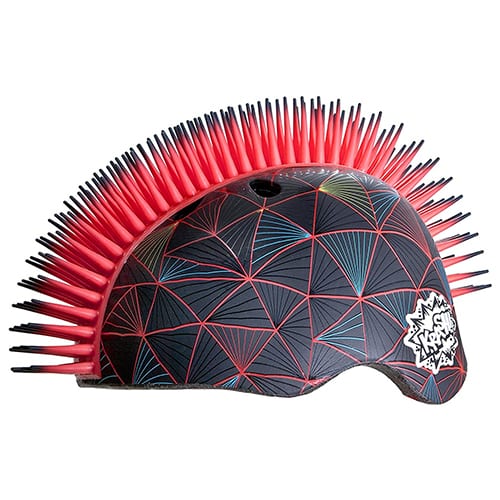
No comments:
Post a Comment